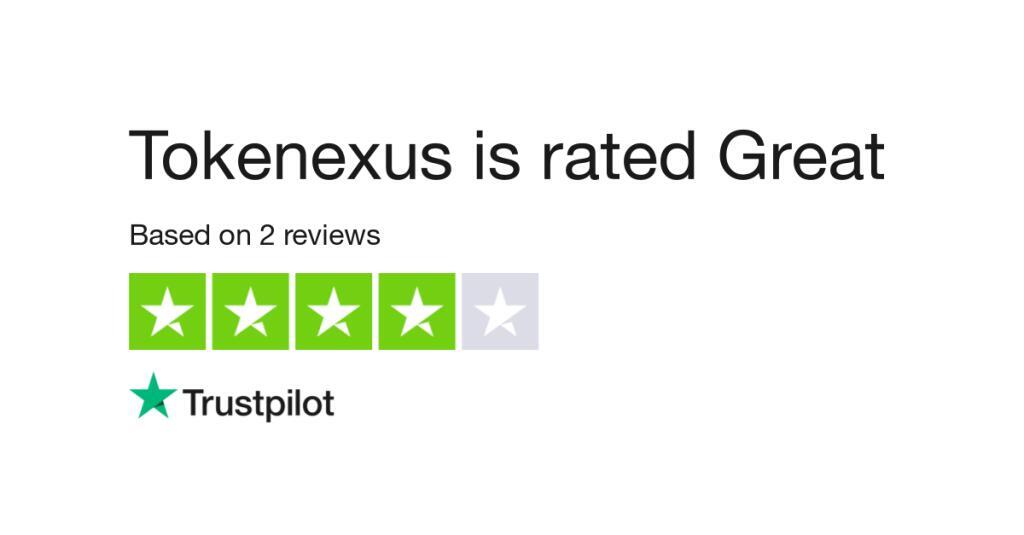Subtotal: RM63.00
Amortizing Bond Discount Using the Effective Interest Rate Method Leave a comment

Yield to maturity considers the bond’s current market price, par value, coupon interest rate, and time to maturity to calculate a bond’s return. The YTM calculation is relatively complex, but many online financial calculators can determine the YTM of a bond. The coupon rate or yield is the amount that investors can expect to receive in income as they hold the bond. Coupon rates are fixed when the government or company issues the bond, although bonds can be issued with variable rates. These variable rate securities are often pegged to LIBOR or another publicly distributed yield.
The interesting aspect of TIPS, that differs from bonds and notes, is that the principal goes up and down with inflation and deflation. While the interest rate is fixed, the amount of interest you get every six months may vary due to any change in the principal. Although the tax preparer always signs the return, you’re ultimately responsible for providing all the information required for the preparer to accurately prepare your return. Anyone paid to prepare tax returns for others should have a thorough understanding of tax matters. For more information on how to choose a tax preparer, go to Tips for Choosing a Tax Preparer on IRS.gov. You can prepare the tax return yourself, see if you qualify for free tax preparation, or hire a tax professional to prepare your return.
Actual Interest Earned
If the investors hold their bonds until maturity, they will be paid an amount equal to the par value of the bond, even though they initially paid an amount that is less than the bond’s par value. If the bond is offered at $970, it is considered to be offered at a discount. If the bond is offered at $1,030, it is considered to be offered at a premium. Bonds trade in the secondary market and their prices change with changes in market conditions.
- Interest is reported separately, as discussed later under Stated interest, later.
- Generally, you treat your gain or loss from the sale, exchange, or redemption of an OID debt instrument as a capital gain or loss if you held the debt instrument as a capital asset.
- Your basis, however, is not affected by any negative or positive adjustments.
- The sum of the present value of coupon payments and principal is the market price of the bond.
Taxpayers should use Form 1099-OID, Original Issue Discount, to report any interest that is taxable OID. However, if a short-term discount obligation is redeemed at maturity, it will should be filed as Form 1099-INT. Brokers and middlemen will typically send the appropriate form to their clients for tax purposes. Although bondholders are paid before common stockholders in the event of a company’s bankruptcy, there is no guarantee that the investor will receive the return of the full amount of their investment, if anything at all.
Comparison of Amortization Methods
Zero coupon bonds and debt instruments that pay no stated interest until maturity are examples of debt instruments that have OID. This discussion shows how to figure OID on debt instruments issued after 1984 using a constant yield method. A difference between face value and issue forming a corporation price exists whenever the market rate of interest for similar bonds differs from the contract rate of interest on the bonds. The effective interest rate (also called the yield) is the minimum rate of interest that investors accept on bonds of a particular risk category.

The amount of the discount amortization is simply the difference between the interest expense and the cash payment. Since we originally debited Bond Discount when the bonds were issued, we need to credit the account each time the interest is paid to bondholders because the carrying value of the bond has changed. Note that the company received less for the bonds than face value but is paying interest on the $100,000. The amount of the premium amortization is simply the difference between the interest expense and the cash payment. Another way to think about amortization is to understand that, with each cash payment, we need to reduce the amount carried on the books in the Bond Premium account.
OIDs and Zero-Coupon Bonds
A similar rule is used to figure the discount on short-term discount obligations issued by the organizations listed in Section III-B through Section III-F. The lower rating means increased risk, so the bond will trade at a discount to compensate investors for the additional risk. At the end of 5 years, the company will retire the bonds by paying the amount owed. To record this action, the company would debit Bonds Payable and credit Cash. Remember that the bond payable retirement debit entry will always be the face amount of the bonds since, when the bond matures, any discount or premium will have been completely amortized.

If you purchase the stripped bond, treat as OID any excess of the stated redemption price at maturity over your purchase price. If you purchase the stripped coupon, treat as OID any excess of the amount payable on the due date of the coupon over your purchase price. The amount shown on Form 1099-OID in box 1 you receive for a contingent payment debt instrument may not be the correct amount to include in income. For example, the amount may not be correct if the actual amount of the contingent payment was different from the projected amount. If the amount in box 1 is not correct, you must figure the OID to report on your return under the following rules.
Interest Rates and Discount Bonds
They are fixed-income investments that many investors use for a steady stream of income in retirement. Investors of any age may add some bonds to a portfolio to lower its overall risk profile. Par value, in turn, is simply another term for the bond’s face value, or the stated value of the bond at the time of issuance. A bond with a par value of $1,000 and a coupon rate of 6% pays $60 in interest each year. The effective interest method is used when evaluating the interest generated by a bond because it considers the impact of the bond purchase price rather than accounting only for par value.
Form 485APOS EA Series Trust – StreetInsider.com
Form 485APOS EA Series Trust.
Posted: Wed, 06 Sep 2023 17:28:27 GMT [source]
When bondholders perceive the issuer as being at a higher risk of defaulting on their obligations, they may only be willing to purchase the bonds at a discount. Municipal bonds are a specific type of bonds that are issued by governmental entities such as towns and school districts. These bonds are issued in order to finance specific projects (such as water treatment plants and school building construction) that require a large investment of cash.
The daily OID for the initial accrual period is figured using the following formula. List each payer’s name (if a brokerage firm gave you a Form 1099, list the brokerage firm as the payer), and the amount received from each payer on Schedule B (Form 1040), line 1. Include all OID and qualified stated interest shown on any Form https://online-accounting.net/ 1099-OID, boxes 1, 2, and 8, you received for the tax year. Also include any other OID and interest income for which you did not receive a Form 1099. If you disposed of a debt instrument or acquired it from another holder between interest dates, see the discussion under Bonds Sold Between Interest Dates in chapter 1 of Pub.
- This is the excess of the total OID ($20.79) over the tax-exempt part ($17.73).
- In capital finance and economics, the effective interest rate for an instrument might refer to the yield based on the purchase price.
- You must include the OID in gross income whether or not you hold the debt instrument as a capital asset.
- If you bought the debt instrument at an acquisition premium before July 19, 1984, figure the OID includible in income by reducing the daily OID by the daily acquisition premium.
The company is obligated by the bond indenture to pay 5% per year based on the face value of the bond. When the situation changes and the bond is sold at a discount or premium, it is easy to get confused and incorrectly use the market rate here. Since the market rate and the stated rate are the same in this example, we do not have to worry about any differences between the amount of interest expense and the cash paid to bondholders. This journal entry will be made every year for the 5-year life of the bond. Bondholders can expect to receive regular returns unless the product is a zero-coupon bond. Also, these products come in long and short-term maturities to fit the investor’s portfolio needs.
Understanding Pricing and Interest Rates
The following table summarizes the effect of the change in the market interest rate on an existing $100,000 bond with a stated interest rate of 9% and maturing in 5 years. The effective interest rate is a more accurate figure of actual interest earned on an investment or the interest paid on a loan. Unlike the real interest rate, the effective interest rate does not take inflation into account.

 0MQATZ 2021 Summer Flower Kids Cake Dress For Girl Children Costume Prom Party
0MQATZ 2021 Summer Flower Kids Cake Dress For Girl Children Costume Prom Party